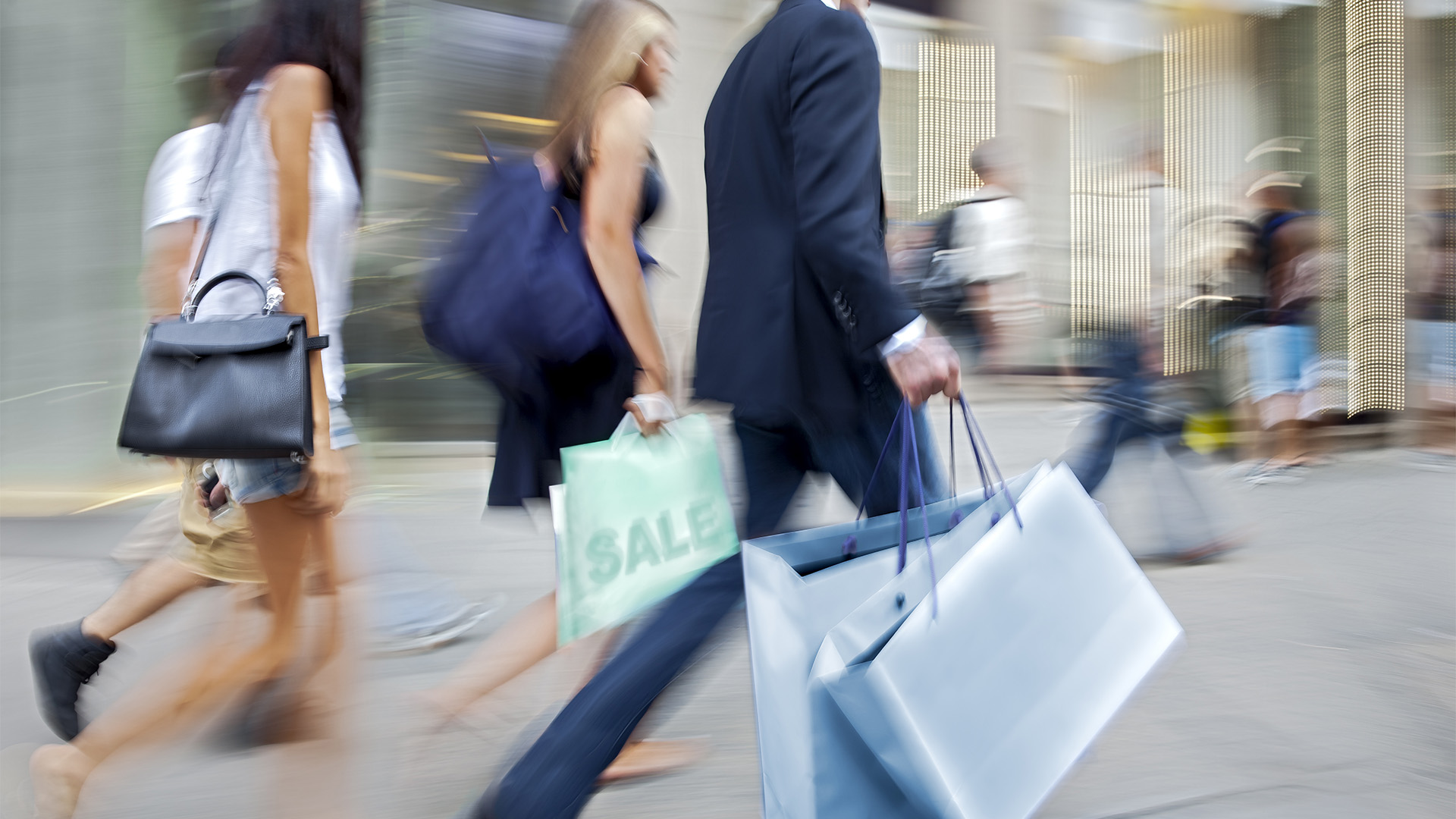Australian retail sales edged higher in April as consumers remained cautious in the face of high borrowing costs, rising rents, and other expenses, alongside confirmation that household consumption would not be adding to the first-quarter GDP growth data next week or the current second quarter.
Data from the Australian Bureau of Statistics (ABS) on Tuesday showed retail sales rose 0.1% in April from March when they fell 0.4%. The market had forecast a rise of 0.2% or 0.3%.
Sales of $35.7 billion were up a sluggish 1.3% from a year earlier. While that was up from the very weak 0.8% rise year-on-year in March, it was made to look stronger than it was by the 0.3% slide in April 2023, dropping out of the comparison.
Underlining the lackluster confidence among consumers is that seasonally adjusted sales rose just $1.9 million from the end of 2023 to the end of April, which is a small rounding error considering the $140 billion of sales in the four-month period.
But the reality is that after inflation, retail sales slid in the first four months of the year, especially over the last 12 months. Discretionary items have fallen in both volume and value since mid-2022, and if you strip out spending on food and on eating in cafes, takeaways, and restaurants, the rest of the retail sector has gone backwards in the past two months.
In fact, total retail sales in April were lower than they were in March.
Ben Dorber, the ABS head of retail statistics, said in Tuesday’s release, “Underlying retail spending continues to be weak, with a small rise in turnover in April not enough to make up for a fall in March. Since the start of 2024, trend retail turnover has been flat as cautious consumers reduce their discretionary spending.”
Turnover in most non-food-related industries rose in April. Other retailing (+1.6%), had the largest rise this month, followed by household goods retailing (+0.7%) and department stores (+0.1%). Clothing, footwear, and personal accessory retailing (-0.7%) fell.
“Looking across the past two months, we see weak underlying spending in most parts of the retail industry.”
Food-related spending was mixed with a fall in food retailing (-0.5%), while there was a small rise in cafes, restaurants, and takeaway food services (+0.3%).
“The fall in food retailing is a partial reversal of last month’s rise of 0.8%, where the earlier-than-usual Easter boosted spending, particularly on alcohol,” Mr. Dorber said.
“Retailers told us spending on alcohol dropped off as consumers brought purchases forward into March and because they are increasingly opting for cheaper alcoholic products.”
Retail turnover growth was mixed across the country. New South Wales saw the largest rise of 0.7%, followed by South Australia (+0.5%). Victoria, Queensland, and the ACT all saw falls.














